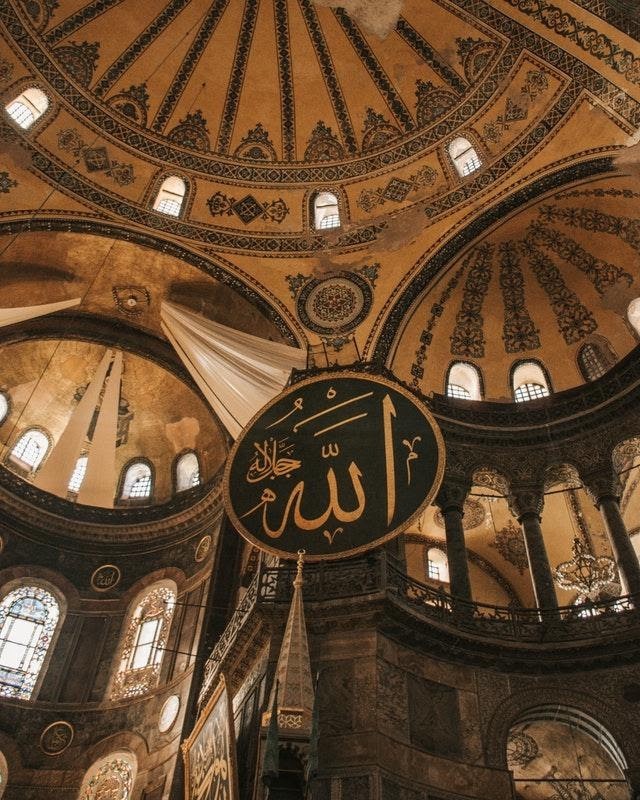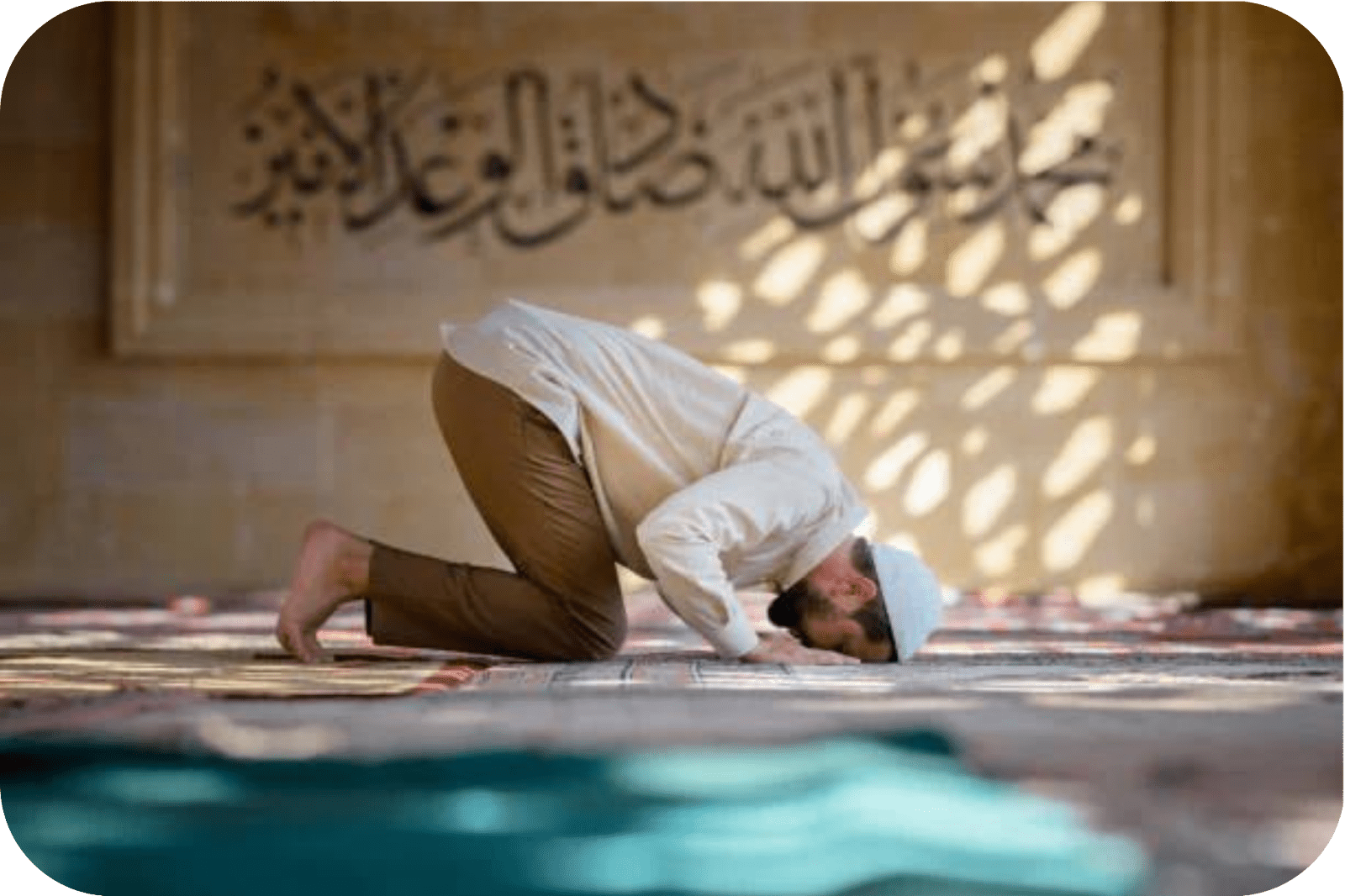- Home
-
BY CATEGORY
- BY EVENT
- Blog
-
QADR is an our custom developed gift-finder. Simply put in your filters and the Riwaya algorithm searches through our seller's products to find you your bespoke gift selections. Simply press left to add to your favourites or right to add to cart! Finding your perfect Islamic Gift has never been easier!
- Menu
- Home
-
BY CATEGORY
- BY EVENT
- Blog
-
QADR is an our custom developed gift-finder. Simply put in your filters and the Riwaya algorithm searches through our seller's products to find you your bespoke gift selections. Simply press left to add to your favourites or right to add to cart! Finding your perfect Islamic Gift has never been easier!
Why is Islamic Art so dominated by calligraphy?
Why is Islamic Art so dominated by calligraphy?

In a recent conversation with someone about all the different types of Wall Art products we had on Riwaya — the online Islamic marketplace — with an employee at a start-up convention, one question stood out. Why are the art works from our sellers dominated by different forms and variations of calligraphy and not people or places.
That got us thinking, most Muslims just assume the use of Calligraphy within Masjids, homes and books across the world is commonplace without questioning the reasoning behind. However, it is fair to say that as a community we are perhaps a bit unusual in our reverence of calligraphy and so hopefully this short blog will help shed a light on it a bit further.
Firstly, let us start with what does calligraphy mean? One definition is that calligraphy is a way of expressing words and writing in an artistic manner. It is not something that is exclusive to Islam or Arabic culture with ancient civilisations from China, India and even medieval England looking to beautify their respective texts using calligraphy.
Where Islamic Calligraphy differs is that it still forms the base for the majority of artworks by Islamic artists, whereas calligraphy in other cultures has taken more of a secondary nature in comparison to places or people. One reasoning for this is the limitations of Islamic artists due to the prohibition of drawing
“It was narrated from ‘Abd-Allaah ibn ‘Umar (may Allah be pleased with him) that the Messenger of Allaah (peace and blessings of Allaah be upon him) said: “Those who make images will be punished on the Day of Resurrection, and it will be said to them: ‘Bring to life that which you have created.’”
Narrated by al-Bukhaari (5607) and Muslim (2108)
This coupled with the view that recreated images of important figures in Islam can lead to idolatry (shirk) has meant that calligraphy has also been used as a means of remembrance of Allah, Prophets and Sahaba but in a respective manner that can safely operate within the Islamic faith as well as a way of decorating ones home with verses of The Holy Qur’an and Hadith (sayings of the prophet Muhammad peace be upon him).
This importance of calligraphy has been consistent through Islamic history from the Dome of the Rock in Palestine, Alhambra Gardens in Islamic Spain, Hagia Sophia in Ottoman Turkey as well as in modern times in the holiest site in Islam with the Kaaba in its cloth covering (the Kiswa).
![]()
![]()
Due to the consistent use of calligraphy throughout Islamic history, there have been numerous styles that have developed.
Some of the mains ones are: Naskh, Reqaa, Thuluth, Nastaliq, Dewani and Kufi
![]()
One of the many perks of using an online marketplace to is that different sellers from all across the globe can come together to showcase their awesome products in one place. Here at Riwaya, these global influences showcase themselves in the different calligraphy styles which you can find it our Islamic Art section.
Product Link: https://riwaya.co.uk/islamic-art/wall-art/map-of-the-world-illustrated-with-country-names-in-arabic/
![]()
Product Link: https://riwaya.co.uk/islamic-art/4-quls-kufic/
![]()
Product Link: https://riwaya.co.uk/islamic-art/wall-art/al-izzatu-lillahi/
Product Link: https://riwaya.co.uk/islamic-art/amber-moon-ltd./
Interested in understanding about how Riwaya is creating the world’s first premium marketplace? Found out more here www.riwaya.co.uk/about
![]()
About the shop
Customer
- Contact Us
- FAQs & Returns
- Blog
- Riwaya Community
- Seller Login
- Shipping
- Sign in
- Register
save favourites, carts, and get a more personalised experience
OR
About Riwaya
- About Us
- Terms & Conditions
- Privacy Policy
- Sell With Us
- Sitemap
- Prayer Timetables
- Sign in
- Register
save favourites, carts, and get a more personalised experience
OR
Newsletter
© 2020 - 2024 Riwaya. Powered by Riwaya



